I consider Feminism as a Realist phenomenon because it directly confronts the power dynamics and structural inequalities embedded within societal and international systems.
The Realist perspective in international relations focuses on power politics and state interests. Feminist movements recognize and challenge the status quo of gender hierarchies, advocating for the redistribution of power and resources in a manner that aligns with realist acknowledgments of power as a central factor in social organization and change. By navigating and seeking to alter the power structures that govern societies, Feminism operates within the Realist understanding that power dynamics shape societal outcomes and that meaningful change necessitates engaging with these dynamics directly.
Thus, while Feminism is often associated with Idealistic goals of equality and justice, its strategies and recognition of power’s role in societal relations demonstrate a fundamentally Realist approach to achieving its objectives.
Feminism Through a Realist Lens
In the realm of International Relations, Realism stands as a stark reminder of the world’s inherent complexity, with the relentless pursuit of power dynamics, state interests, and survival within an anarchic international system. This perspective, while seemingly distant, intersects intriguingly with the core tenets of Feminism—a movement propelled by the quest for gender equality and the dismantling of systemic barriers obstructing women’s rights.
Today on International Women’s Day, streets and social platforms buzz with hopes of revolution and celebration for women’s achievements throughout the years.
This blog post is to navigate this situation from a Realist perspective, delving into how power dynamics and state interests shape, bolster, and sometimes undermine the global quest for gender equality.
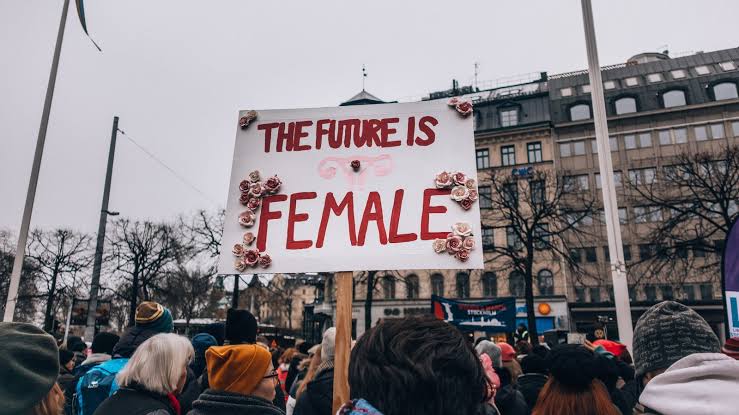
Understanding Realism and Feminism
Realism, in its essence, strips down international relations to its bare mechanics—power politics, national interest, and the survival tactics of states in an anarchic international order devoid of a central authority. It suggests a world where states act primarily out of self-interest, strategically navigating the global arena to secure their existence and dominance.
Parallelly, Feminism, with its tapestry of ideologies—ranging from liberal to radical, and intersectional—champions the cause of equality. It seeks to obliterate gender-based discrimination, violence, and economic disparities, advocating for a world where one’s gender does not dictate one’s fate.
At a glance, these two philosophies might appear to operate on divergent plains, yet, upon closer inspection, a fascinating interplay emerges. Both Realism and Feminism are acutely aware of the prevailing power structures that define our world. They recognize the disparities and inequalities woven into the fabric of our societies and international systems.
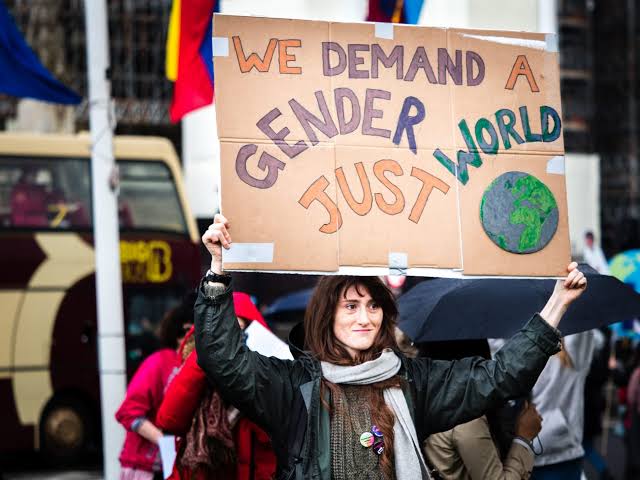
This common understanding of power dynamics forms a bridge between the two, suggesting that perhaps Feminism can harness Realism’s insights into state behavior and power politics to further its objectives.
This intersectionality of thought invites a critical examination, especially as we stand in a time when Feminism is celebrated, critiqued, and debated perhaps more intensely than at any other point in the year.
The discourse often becomes polarized, with portrayals of Feminism either as a monolithic entity devoid of internal conflict or as a purely idealistic endeavor disconnected from the pragmatic world of international relations.
Yet, this dichotomy oversimplifies the complexity of the challenges and opportunities Feminism faces on the global stage.
In this light, analyzing Feminism through a Realist lens offers a unique vantage point. It prompts us to question how state interests and global power dynamics influence, and at times dictate, the progress of gender equality initiatives. It encourages a skeptical, yet constructive, examination of how women, particularly those representing feminism on International Women’s Day, represent the fight for equality— whether their actions align with the broader strategic interests of the states and global systems within which they operate, or if they transcend these boundaries in pursuit of a more equitable world.
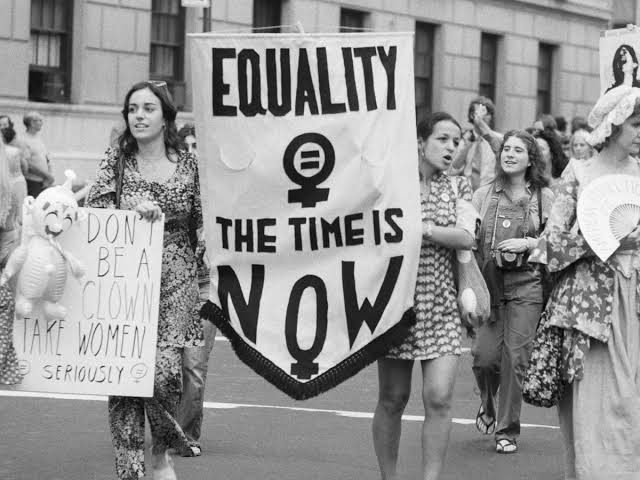
As we delve deeper into the convergence and divergences of these perspectives, let us keep in mind the complexities and contradictions that define both. It is within this nuanced understanding that we might find innovative pathways to advance the cause of gender equality, mindful of the power structures that shape our world.
The Power Dynamics of Gender Equality
In exploring the power dynamics of gender equality through a Realist lens, we must first acknowledge the uneven landscape upon which global gender equality efforts are constructed.
This landscape is influenced by an array of factors including economic might, political stability, cultural norms, and the strategic interests of states. These elements not only shape the opportunities and challenges faced by gender equality initiatives but also highlight the intricate relationship between Feminism and Realism within the international arena.
States wield considerable power in determining the pace and direction of gender equality movements. For instance, nations with strong economic resources and political will can advance gender equality through comprehensive policies, international cooperation, and funding initiatives.
Conversely, states grappling with internal conflicts, economic instability, or authoritarian governance may see gender equality relegated to the periphery of national priorities, if not outright suppressed.
Moreover, the Realist theory underscores the role of power politics in international efforts to promote gender equality. States may leverage Feminism and gender equality as diplomatic tools, aligning themselves with these values to bolster their international image, forge alliances, or exert soft power.
This use of Feminism shows alignment with Realist tactics, where the promotion of gender equality serves not just a moral or ideological purpose but also a strategic interest.
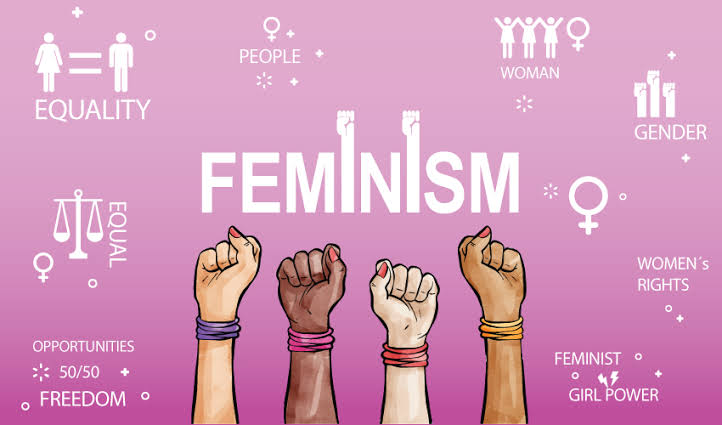
However, this intersection of theories reveals tensions. The pursuit of national interest and power can sometimes clash with the advancement of gender equality.
Strategic alliances with nations that have poor records on women’s rights might be maintained for economic or security reasons, complicating the global narrative on gender equality.
This presents a paradox where states may publicly champion Feminism while engaging in realpolitik strategies that undermine its principles.
Women’s Marches in March
The marches that take place on International Women’s Day, March 8th, serve as a vivid illustration of the realist concept of an anarchic international system.
There is no overarching authority to enforce global norms or policies. These marches emerge as responses to gender inequality, reflecting the decentralized nature of international politics as outlined by realism. In the absence of a global sovereign, these movements show the power of non-state actors and civil society in challenging and negotiating power structures.
The diverse and sometimes conflicting strategies employed by different groups within these marches mirror the realist view of states pursuing their interests in an anarchic world. Just as states navigate a system without a central authority, these marches navigate the complexities of international gender politics, advocating for change through the power of collective action and public demonstration, showcasing how actors operate within and respond to the anarchic structure of international relations.
The Realist approach to understanding Feminism also brings to light the importance of agency within power structures. Feminist movements and activists operate within and against these power dynamics, employing strategies that range from collaboration with state mechanisms to radical opposition and advocacy for systemic change. Their navigation of the international system’s complexities reflects a pragmatic understanding of Realism’s principles, even as they strive to transcend its limitations.
The celebration of International Women’s Day serves as a focal point for examining these dynamics. It is a day marked by a convergence of grassroots activism, state-sponsored events, and international discourse, each reflecting different facets of the Feminism-Realism interplay.
As feminists worldwide mobilize to demand change, their efforts are shaped by the broader geopolitical landscape—a landscape where power, interest, and survival intersect with the quest for equality.
Thus, this approach illuminates the multifaceted challenges and opportunities facing gender equality initiatives on the global stage. It encourages a nuanced understanding of how states and Feminist movements can, at times, work in tandem or at odds, driven by the underlying currents of power politics.
In this complex interplay, the path to gender equality is neither linear nor uniform but is instead a testament to the resilience and adaptability of Feminist advocacy within the realist world order. As we continue to analyze, the insights derived from blending Realism and Feminism offer valuable perspectives for advancing gender equality in an inherently complex and power-driven world.
Conclusions
- Through a Realist lens, Feminism’s engagement with power dynamics and state interests highlights the necessity of pragmatic approaches in the global quest for gender equality, highlighting the importance of strategic alliances and policy interventions.
- The discourse around International Women’s Day, as examined through a Realist perspective, illustrates the multifaceted nature of Feminism’s global struggle, balancing between state-sponsored narratives and grassroots demands for systemic change.
- This analysis posits that the path to gender equality is intricately tied to the dynamics of power and state behavior, indicating that sustainable progress requires a careful balancing act between leveraging and challenging these forces.
- Ultimately, this reaffirms that while the pursuit of gender equality within the Realist paradigm presents distinct challenges, it also offers unique opportunities for reimagining and restructuring the power dynamics that govern our world, advocating for a more inclusive and equitable international order.
References
- Varrial, A. (2023, 15 noviembre). What Is Feminism and Why Is It Important? Global Citizen. https://www.globalcitizen.org/en/content/what-is-feminism-and-why-is-it-important/
- Coombes, H. (2021, 12 marzo). Feminism: the path to achieving rights for all women and girls. Womankind Worldwide. https://www.womankind.org.uk/feminism-rights-for-women/
- Fetters, A. (2018, 13 noviembre). ‘Feminism’s Forgotten Fight’ for Family Values. The Atlantic. https://www.theatlantic.com/family/archive/2018/11/forgotten-pro-family-feminists/575683/
- Desk. (2023, 3 marzo). INTRO TO FEMINISM Republic Policy. https://republicpolicy.com/intro-to-feminism/
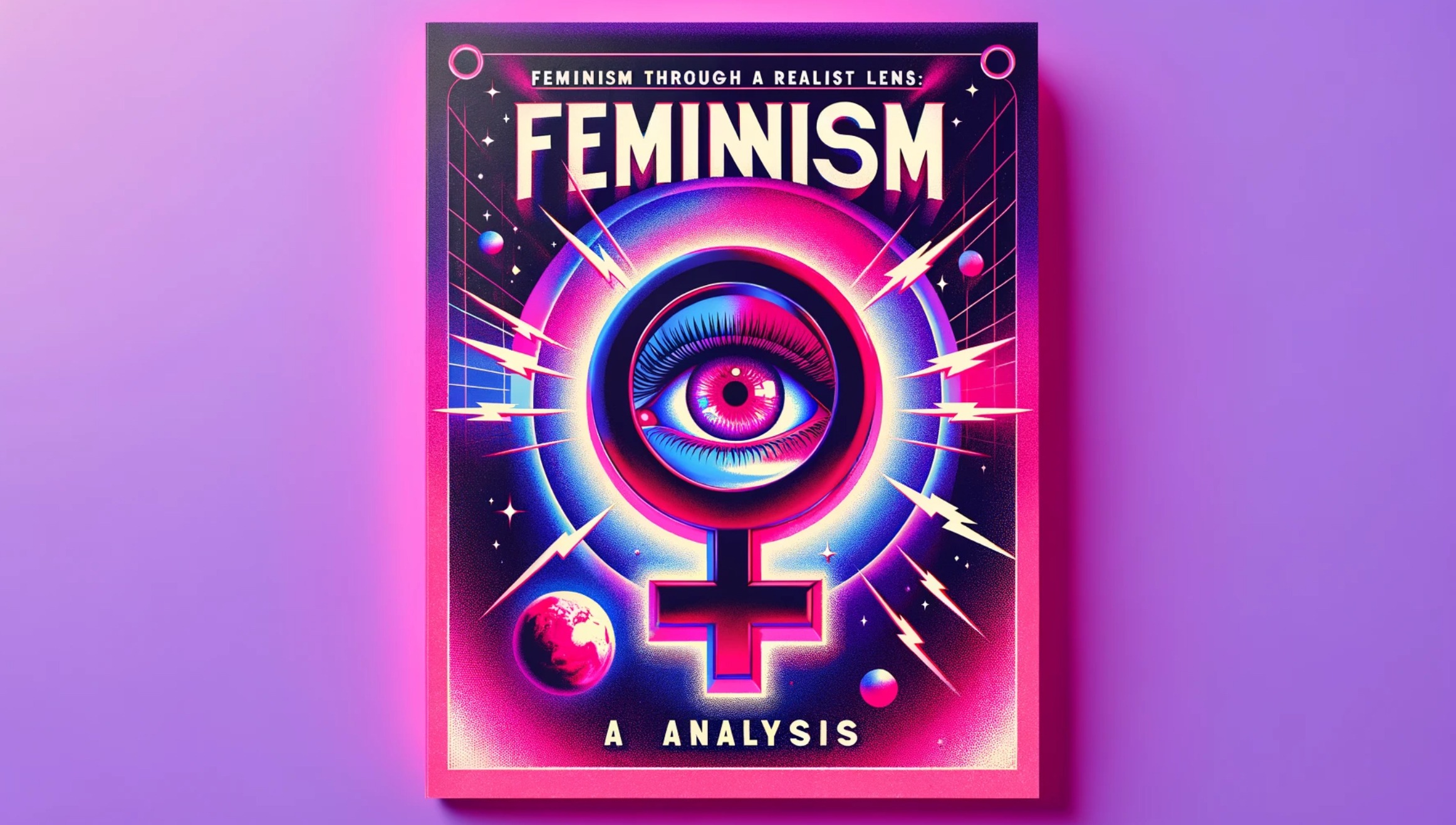






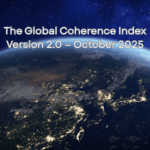

No responses yet